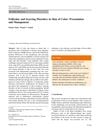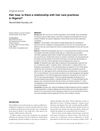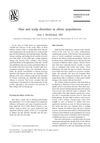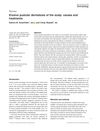Haircare Practices And Scarring Alopecia: A Survey Study
November 2024
in “
International Journal of Dermatology
”
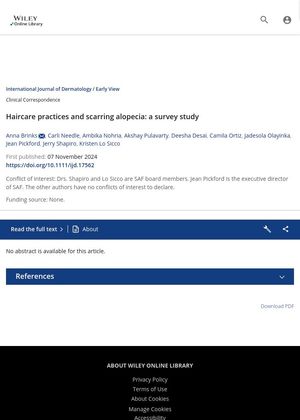
TLDR Chemical treatments and tight hairstyles may lead to earlier hair loss.
This study surveyed 265 individuals with scarring alopecia to assess the relationship between haircare practices and the age of alopecia onset and diagnosis. The findings suggest that chemical treatments and high-tension hairstyles are associated with a younger age at first hair loss and alopecia diagnosis, while hair dye use is linked to an older age at onset. Despite these associations, no significant link was found between haircare practices and severe alopecia. The study's limitations include a small sample size, lack of a control group, and self-reported data, indicating that further research is needed to explore these associations more comprehensively.
